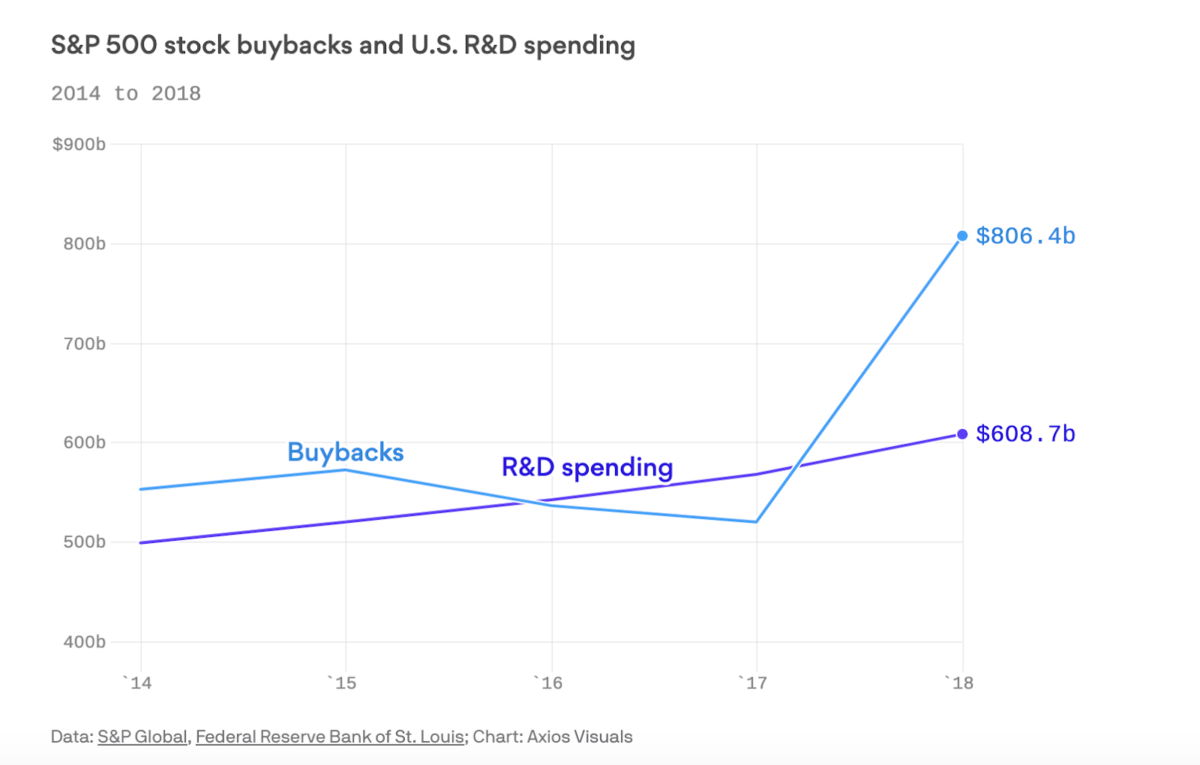If you look at the majority of venture backed DTC brands in the market today, they all could benefit from diversifying their revenue streams. As this cohort scales and eventually becomes omnichannel (since that’s the playbook most are following), gross margins will inevitably suffer. When startups expand into new product categories it’s still often challenging to get >50-60% landed margins if you’re selling physical products. This is where services come in.









